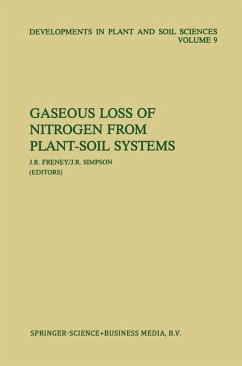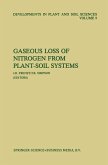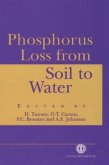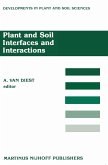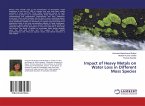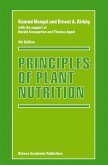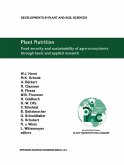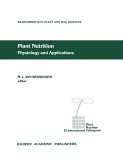A growing interest has been shown recently in the dymanics of nitrogen in agricultural and natural ecosystems. This has been caused by increasing demands for food and fibre by a rapidly expanding world population, and by a growing concern that increased land clearing, cultivation and use of both fertilizer and biologically fixed nitrogen can have detrimental effects on the environment. These include effects on water quality, eutrophication of surface waters and changes in atmospheric composition all caused by increased cycling of nitrogenous compounds. The input and availability of nitrogen frequently affects the productivity of farming systems more than any other single management factor, but often the nitrogen is used inefficiently. Much of the fertilizer nitrogen applied to the soil is not utilised by the crop: it is lost either in solution form, by leaching of nitrate, or in gaseous forms as ammonia, nitrous oxide, nitric oxide or dinitrogen. The leached nitrate can contaminate rivers and ground waters, while the emitted ammonia can contaminate surface waters or combine with atmospheric sulfur dioxide to form aerosols which affect visibility, health and climate. There is also concern that increased evolution of nitrous oxide will deplete the protective ozone layer of the stratosphere. The possibility of a link between the intensity of agricultural use of nitrogen, nitrous oxide emissions and amounts of stratospheric ozone has focussed attention on these interactions.
Hinweis: Dieser Artikel kann nur an eine deutsche Lieferadresse ausgeliefert werden.
Hinweis: Dieser Artikel kann nur an eine deutsche Lieferadresse ausgeliefert werden.

